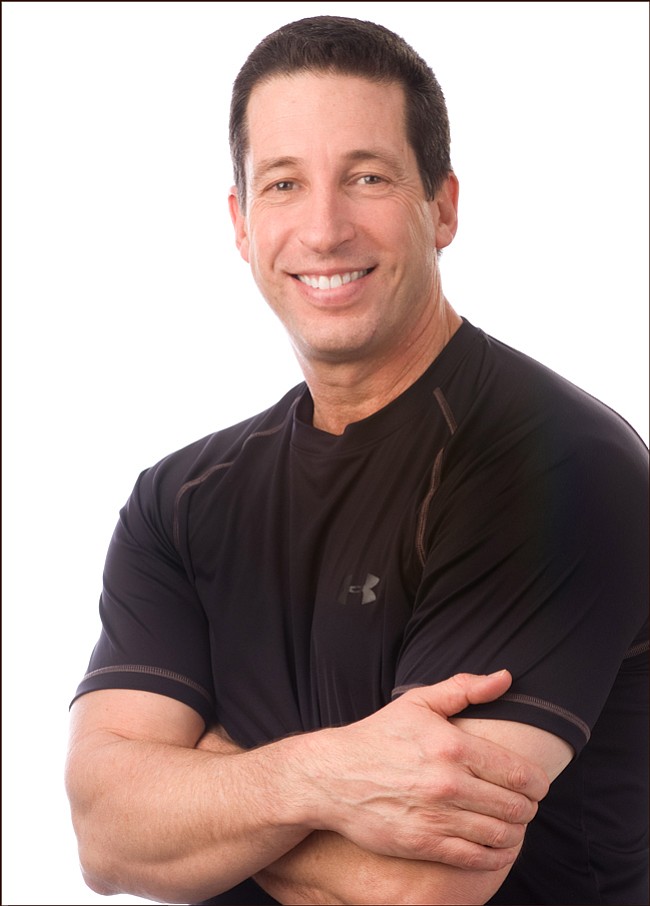Whether we like it or not, the fitness industry can be narrowed down to just about two things — bellies and butts.
While both of these landmarks are the brunt of often self-deprecating comments and jokes, make no mistake about it: Billions of dollars are spent annually by individuals driven to change the composition, appearance and overall consistency of these two areas of the body.
Shaping the backside, however, can be an extremely arduous task.
Akin to the stomach muscles, which actually are extremely well-defined if they are not covered by fat, the butt, backside, glutes, keister, tush, or whatever pet name you use to define this piece of real estate, is extremely muscular with the potential to be shaped, by getting in shape.
As the arms are considered the “portal” for gaining access to training the upper body, the legs are the means by which backside shaping occurs. And the process of working the body’s second-largest muscle group has advantages beyond the cosmetic.
Running and walking: Strong glute muscles play a key role in stabilizing the pelvis and improving overall shock absorption.
Knee stability: The three primary muscles of the backside are your gluteus maximus, medius and minimus. The strength of the gluteus medius plays a crucial role in stabilizing the knee and also allowing for pivoting the toe toward the outside of the body.
Injury: If the glutes are not strong, other muscles of the lower body will have to work harder to propel the body forward and ultimately develop disproportionate strength, which can lead to injury. These injuries can include Achilles tendonitis (“itis” meaning “inflammation of”), runner’s knee and shin splints.
Power: The gluteus maximus, the largest of these muscles, is extremely important for leg power and leg drive. Strengthen this group of muscles and you will find yourself running faster, jumping higher and cycling with even more power. Strong glutes can also help you in running longer distances.
Healthy spine: When the glutes are weak, the psoas (pronounced “SO-AZZ”), a muscle that goes from the low spine to the legs, can take over. When this happens, more force occurs at the spine and can play a role in the low back becoming more vulnerable to injury.
While we often assume the glutes are one of those “just there” muscles, there are a couple key tenets when working this specific muscle group.
The most important of these tenets is that the glutes are utilized increasingly as the knee goes into flexing.
This is best done by performing any motion in which the knee is flexed to at least 90 degrees in as many exercises as possible. While there are some movements that activate the glutes through hip hyperextension and locked knees, flexing through the knee and hip (think lunge, squat and leg press) will not only create a critical stretch, but force more of the muscles to be involved in contraction or strengthening.
Working the glute complex obviously allows you to work the leg muscles, as well. Overall, strengthening this group of muscles can significantly “off-load” aspects of the human skeleton that receive undue stress it these muscles are weak.
The bottom line is that besides the “cosmetics” of a muscular backside, there are extremely functional benefits of glute strength. So the next time before your cry in your Perrier about your derriere, understand the full upside of not only looking your best, but living a highly functional life by keeping this area of the body strong.
Bill Victor is the owner of Victor Fitness System Professional Fitness Trainers, Flashpoint Athletic Speed & Agility Specialists, and Performance Nutrition Consultants. He can be reached at victorfitsystems@gmail.com and online at http://theflashpoint.org and http://VictorFitnessSystems.com



